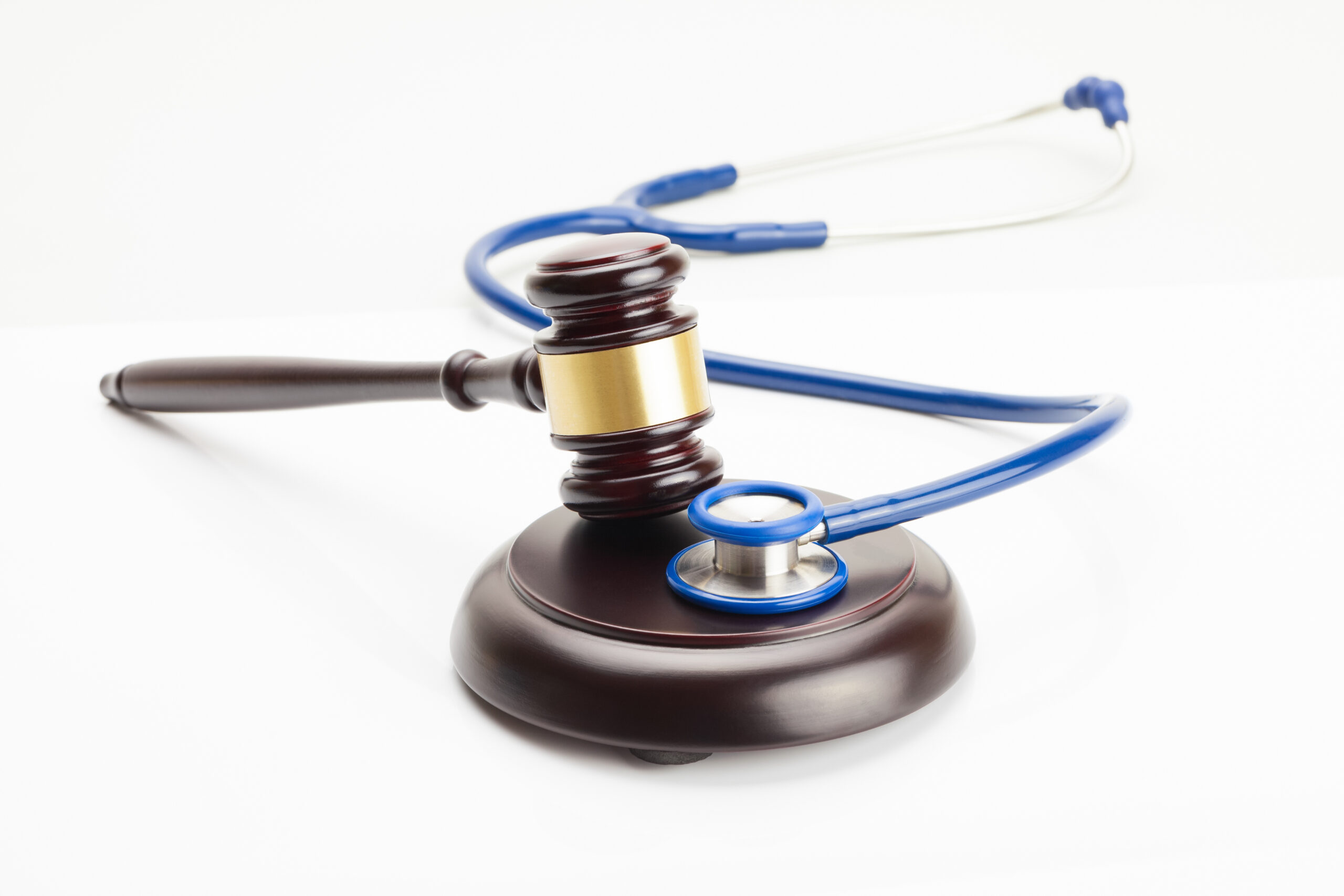Opinion: Creating a synergy involving public safety and public health

By Karl Bickel
The writer is a retired U.S. Department of Justice senior policy analyst, previously second in command of the Frederick County Sheriff’s Office, formerly with a major city police department and former assistant professor of criminal justice. He can be reached at [email protected].
Tragic, violent criminal events, particularly those targeting Maryland’s children and youth, draw much needed attention for short periods of time in our 24-hour news cycle. Unfortunately, we fail to acknowledge that crime is a public health problem. Tragedies continue, communities despair, policing is distrusted, and morale among police officers and law enforcement leaders diminishes.
Our collective failure to reframe crime as a public health issue means we fail to target root causes. Solutions lie in strengthening the social determinants of health throughout every community, leaving no one behind and integrating law enforcement into the process. Only then will we see long-term changes and rebuild policing as a trusted partner in community life.
When our communities are thriving, everyone can see their personal stake in maintaining health and stability, discouraging disorder and crime. Struggling communities want this too. So why do we continue to look at public health and policing through separate lenses, and conduct policymaking in silos that promote a zero-sum mindset?
By flipping the script, we can breakdown the silos and create collaborative partnerships. Community leaders in the social determinants of transportation, health care, education, social services, public safety, and economic development can come together to build and implement policies and programs that meet real needs. It means, in plain terms, that the people with boots on the ground share their knowledge, while leaders leave their turf behind and think about public health and crime prevention as woven threads, not parallel lines.
We’re already doing this in some areas. Maryland has taken solid steps in the education and health arenas to recognize and build on what we now know about adverse childhood experiences (ACEs), lifelong trauma, mental and behavioral health, and the fundamental need to address these health challenges from birth. But are we integrating these critical knowledge areas into law enforcement policy, training, and protocols? We know that interdisciplinary models for crisis intervention can work for some mental and behavioral health situations, reducing trauma and improving safety.
What we can do differently:
- Train law enforcement officers on procedural justice and social determinants. Procedural justice is policing with a guardian mindset that ensures community safety and well-being through fairness and transparency. This changes the way officers look at their communities and how community members perceive them.
- Talk to each other. Cross-train law enforcement, public health, social services, and education providers to understand what we have in common. This promotes communication and changes the perceptions we have of each other.
- Incentivize collaboration, not resource hoarding. State grants and budget allocations could encourage new models that reward collaboration and partnership building. This results in improved services and more efficient use of limited resources.
- Map communities to understand overlaps in crime and gaps in social determinants. A police officer might see a corner store as a location for drug deals while a community health worker might know it as the only walkable location in the neighborhood for milk and bread. This allows us to view day-to-day community life from a broad perspective and create accountability.
- Involve law enforcement officers in community planning at every level. Prevention happens when we get ahead of the curve. Viewing community development with social determinants as a guide can help us make more equitable and sustainable plans, and public safety should be an integral part of the process. This creates a proactive, rather than reactive, approach to public health and safety.
- Fund support infrastructure statewide. Police officers de-escalate volatile situations, but what happens next? Community health workers and other providers are trained to be the bridge to community services; 24-hour availability would allow a person-to-person hand-off that would reduce repeat calls for police intervention.
- Expand health care/corrections collaborations. Mental and behavioral health issues are the upstream source of many incarcerations. Jails and hospital emergency rooms see the same individuals repeatedly at great cost. Investing in expanded primary and specialized care in the jail setting through collaboration with health providers, and improved case management has been shown to improve medication management and reduce recidivism. This results in both improved quality of life for individuals and reduced costs across systems.
- Use community dashboards to show real-time data. The COVID pandemic demonstrated the utility of data dashboards, and Maryland has a substantial dashboard of crime statistics. Showing data on prevention, collaboration, and services along with crime statistics can tell us what is and isn’t working.
We can no longer ignore the connection between social determinants of health and policing. Our children, our neighbors, those who want their careers in public service to make a difference, deserve a better and more truthful response to the problems that surround us. Let’s make Maryland the nation’s leader in addressing crime as a public health problem — creating a synergy in every town, city, and county, leaving no community behind.




 Creative Commons Attribution
Creative Commons Attribution